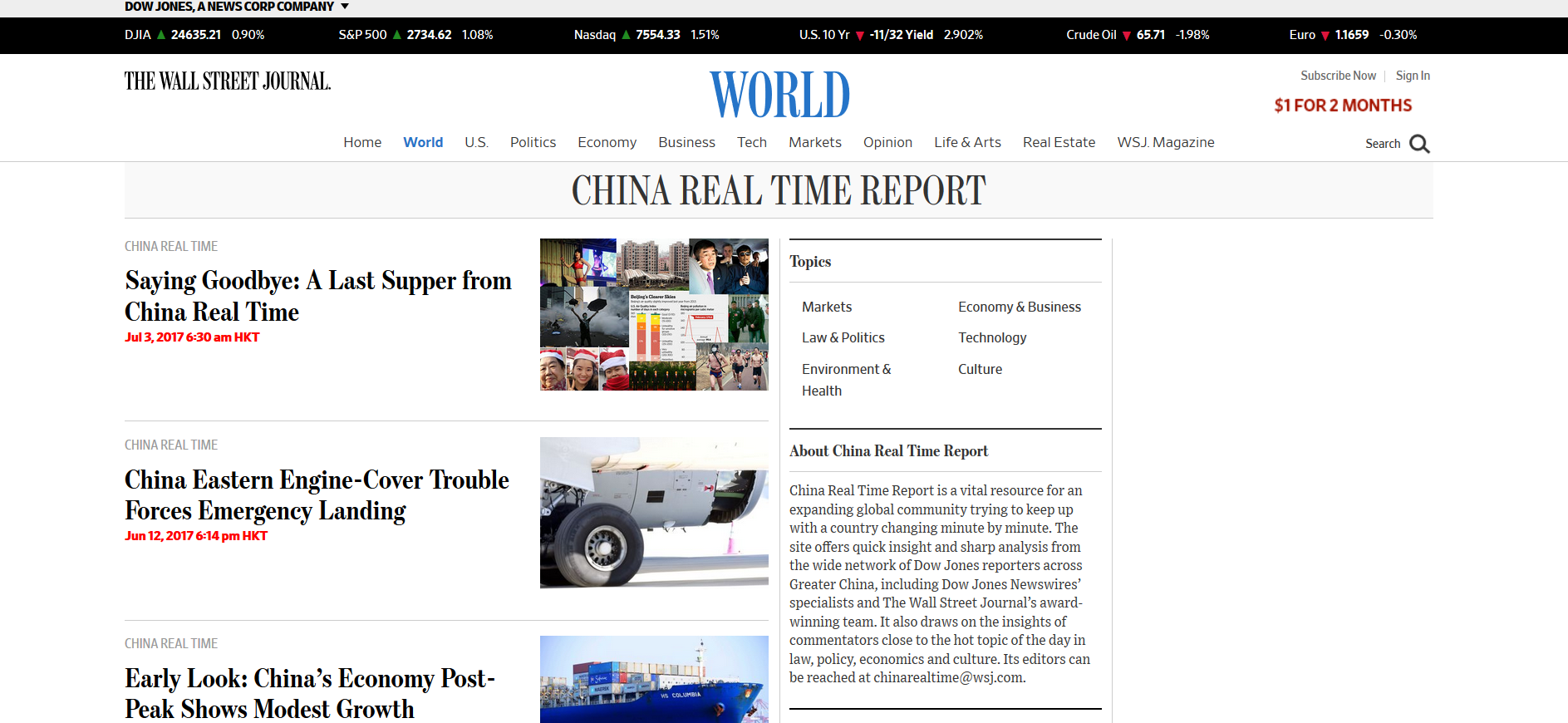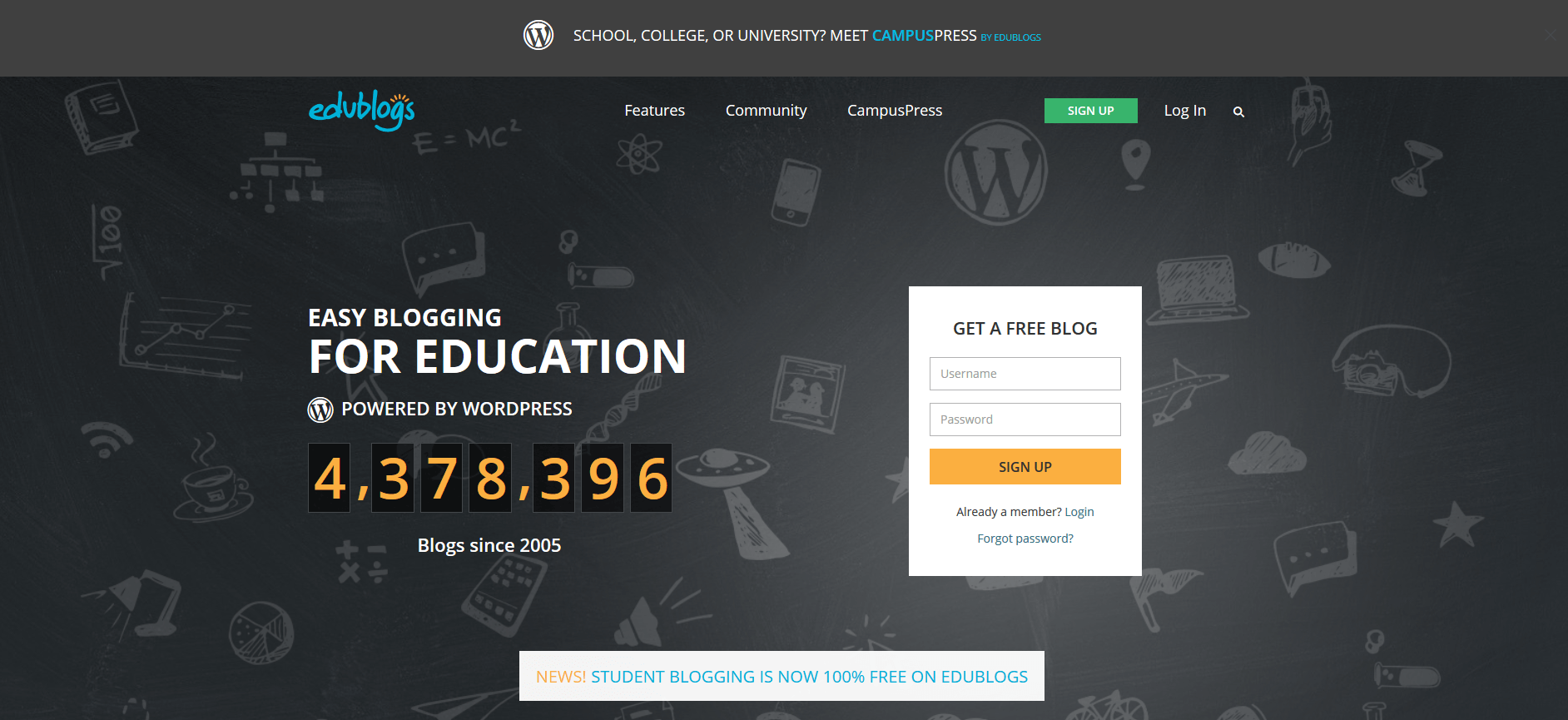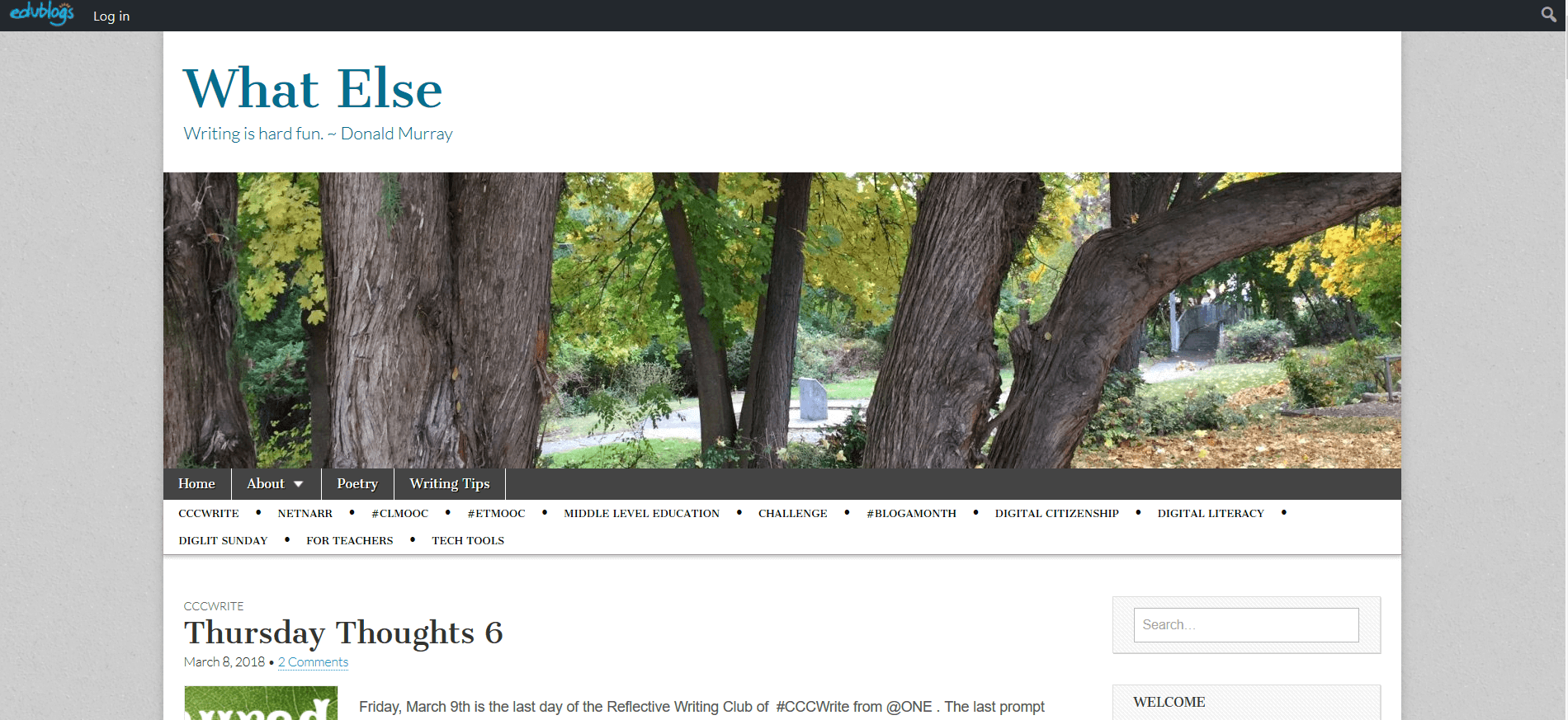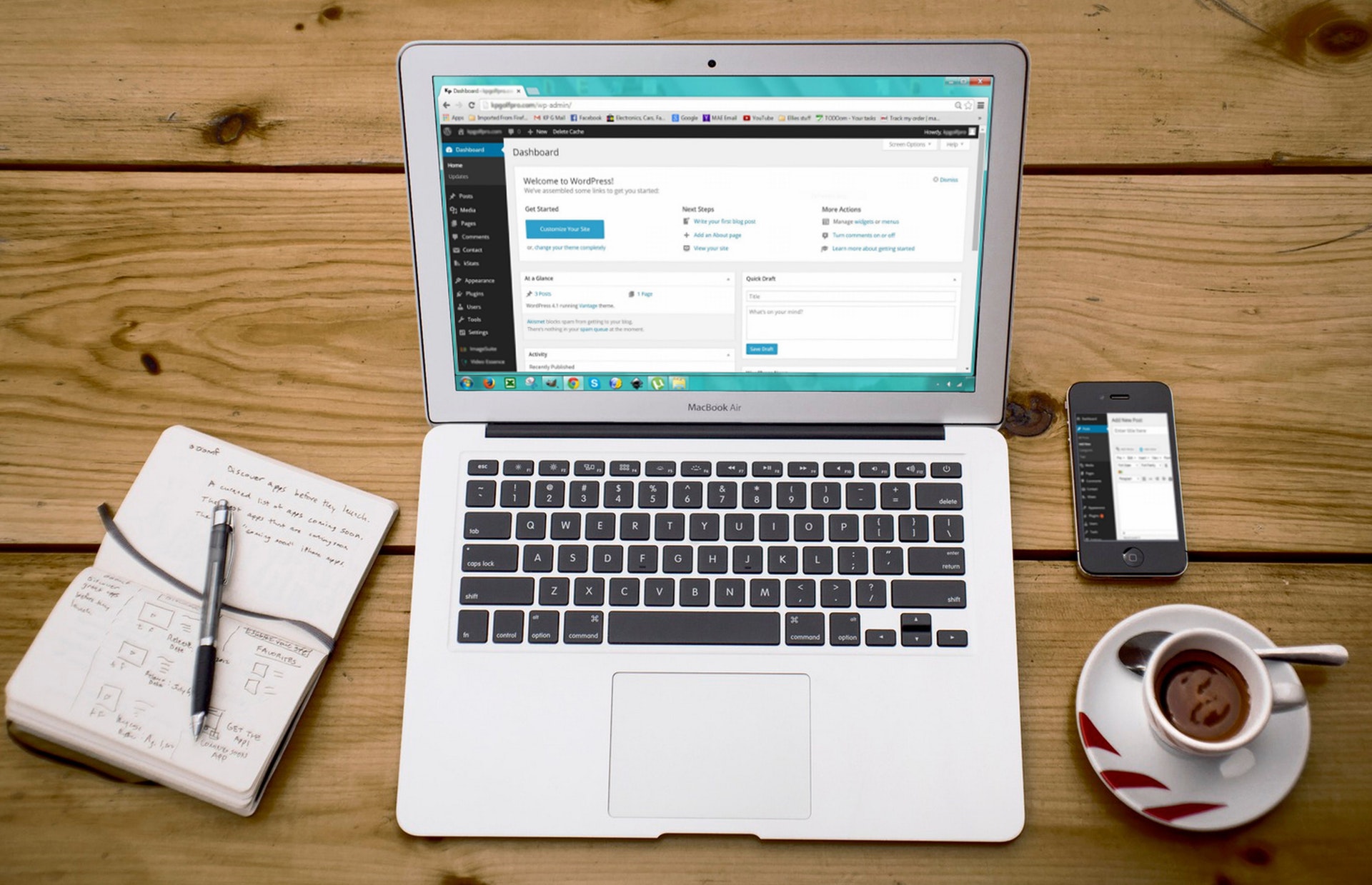With all the hype surrounding WordPress Multisite, it can be tough to decide whether it’s more efficient to run separate websites, or combine everything and run it from one WordPress install.
As an online business owner who owns several WordPress websites, I know how important it is to work as efficiently as possible. The foundation for running a solid business, improving the user experience, and making more money is having high-quality websites that provide value, perform at high speeds, and encourage site visitors to take action. This saves you time and helps you scale your business and generate more revenue without all the unnecessary headaches. The problem is, many business owners don’t know how to make their websites more efficient, especially in the beginning.
Using WordPress Multisite installation or choosing to go with multiple individual installations are two different solutions to the same problem. While they may seem similar at first glance, the two have important differences that can impact your websites’ overall management and maintenance processes down the line.
Luckily, we’re here to give you the low down on what WordPress Multisite is and whether you should consider using it, as opposed to running multiple websites individually.
What is WordPress Multisite?
WordPress Multisite is a feature that allows you to run multiple WordPress websites from one single codebase. In other words, if you have five separate WordPress websites, you can operate all five using one single WordPress installation rather than installing WordPress five times and managing them separately.
Multisite is ideal for larger organizations or businesses that want to manage multiple sites, as it allows for centralized management and easy maintenance. This feature allows you to host as many WordPress blogs as you want and is designed to help you manage multiple domains from one WordPress installation, so you don’t have to deal with the hassle of logging in and out of many websites over and over. Not only that but all your users can be given access to manage their own websites within the network.
If you are running multiple business websites, it’s easy to see why using WordPress Multisite would be appealing. And the truth is, it’s a great feature and works really well — until it doesn’t, and you find yourself wishing you had kept your websites separate.
The Pros of Using WordPress Multisite
There are many reasons why using WordPress Multisite benefits business owners with multiple websites. One of the main benefits of WordPress multisite is that it allows you to share plugins and themes across all sites within the network. This means you only need to install and update these assets once rather than repeat the process on each site. This can be a significant time-saver, especially if you have many sites.
Another advantage of multisite is that it allows for greater control over user permissions and roles. You can assign specific roles to users, such as administrator or editor, and control which sites they have access to within the network. This can be useful for large organizations that want to give different teams or departments access to specific sites within the network.
Furthermore, it gives you quick access to all websites by logging in one time and managing them all from one dashboard panel. And because of its shared capacity, it’s much easier to make development changes, or any other updates you need for your sites. Not to mention that SEO remains unaffected since search engines recognize each site on WordPress Multisite as an individual.
Managing multiple websites individually can be a pain if you manually perform each action (such as site updates). But with WordPress Multisite, this admin hassle disappears, leaving you more room to grow your business. It is a huge time-saver, and in this fast-paced environment we live in, it means a lot.
However, that’s not to say WordPress Multisite doesn’t come with its fair share of disadvantages. One of the main limitations is that it can be more complex to set up and manage than a single-site installation. It also requires a more robust hosting environment, as you are still running multiple sites that happen to be on a single installation. Additionally, if you want to make major changes to one site within the network, it will impact the other sites as well.
Before you decide WordPress Multisite is the solution for you, look at some of the issues that come up when managing all of your sites from a single WordPress install.
The Cons of Using WordPress Multisite
Because WordPress Multisite lets you manage multiple websites from one place, it should come as no surprise that this can be a disadvantage at times.
Take a look:
NOTE: The list is updated with the correct information due to your feedback and corrections in the comments below.
- All users who are added to your network will be guests on all sites on your network. You must use a plugin to allocate a different default role for users on individual sites.
- Site administrators cannot install new themes or plugins and cannot edit the profiles of users on their individual sites. Only the Network Admin has the ability to perform these tasks in a WordPress network.
- There is no way to restrict plugins on individual sites.
- All themes are installed for the entire network. If you edit the code of one theme, you edit it for all sites using that theme.
Note: You can install plugins in order to allow each site to tweak their own CSS without affecting anyone else. - There are many plugins that aren’t WordPress Multisite compatible.
- Changing hosts, or removing a single site from Multisite is not an easy thing to do.
- Multisite network requires higher technical knowledge especially in the areas of server administration and network management.
- Despite being on one WordPress install, hosting costs will reflect the need to host many websites.
- Issues that affect one site can (potentially) bring the entire WordPress Multisite network down.
That seems like a lot right?
Well, for some business owners, yes, the cons of using WordPress Multisite are enough to scare them away from using it.
Despite its disadvantages, some website owners will benefit from using WordPress Multisite. Let’s see if your business sites fall into the category that Multisite is best suitable for.
Who Should Use WordPress Multisite?
If you run multiple WordPress websites that are in the same industry, have the same focus/purpose/goals, and have the same design principles, WordPress Multisite is the perfect solution for you.
In addition, if you feel your business sites are only going to scale, and management of them all is going to become too overwhelming, looking into WordPress Multisite is a good idea.
For instance, think about WordPress.com. It hosts millions of blogs and billions of web pages each and every month, all on one WordPress installation, which attests to Multisite’s scalability. And, since WordPress.com doesn’t have the features a WordPress.org website does (such as plugins), the risk of needing different functionality and design on each individual site just doesn’t exist. That’s why using WordPress Multisite works.
Another good example of when to use WordPress multisite might be for large institutions, such as universities for example, that want to manage multiple departmental websites from a single dashboard. By using multisite, the university can easily share resources and manage user permissions across all of the sites, while still allowing each department to have its own separate site.
In addition, there are major websites that are taking advantage of the benefits of WordPress Multisite right now.
The Wall Street Journal uses WordPress because it’s easy to set up and get running in a cinch. But, it also uses WordPress Multisite as a way to host news portals, such as the China Real Time Report:

Notice that the domain name references the Wall Street Journal, and that linking back to the main page of the Wall Street Journal is easy to do from this web page. In addition, the general design, page layout, and functionality are the same, making Multisite the perfect option for managing their many websites.
Another exceptional example of a website using WordPress Multisite is Edublogs.

Edublogs is an educational blogging network that uses a WordPress Multisite to host additional websites, such as What Else, on it:

Again, notice that you can easily jump back to Edublogs by clicking the small bar at the top of the screen, and the domain name reflects the main site Edublogs. However, it’s also good to note that this is a separate website that functions independently of Edublogs as well, making it a great example of Multisite in practice.
What about multiple sites?
Multiple sites refer to the practice of running multiple independent WordPress installations, each with its own separate dashboard and database. This option is more suitable for smaller organizations or businesses that want to manage a smaller number of sites, or for individuals who want to run multiple sites for different purposes.
One of the main benefits of having multiple sites is that it allows you to have more control over each individual site. You can customize each site independently, and make changes without impacting the other sites. It is also generally easier to set up and manage than multisite, as you work with individual installations rather than a network.
However, there are some potential drawbacks to using multiple sites. One of the main limitations is that you cannot share plugins and themes across all sites, as each site has its own separate installation. This can be time-consuming and costly if you have a large number of sites, as you will need to install and update assets on each individual site. Additionally, it can be more difficult to manage user permissions and roles, as each site has its own separate dashboard.
A good example of when to use multiple sites might be for a small business that wants to run a separate website for each of its different product lines. Using multiple sites allows the business to easily manage and customize each site independently, while still using the same overall branding and design elements.
Final Thoughts
When considering whether to use WordPress multisite or run multiple sites will depend on the specific needs and goals of your business. If you’re looking to manage a large number of sites and want to be able to share resources and manage user permissions across the network, then multisite might be the better option. On the other hand, if you’re looking to manage a smaller number of sites and want more control over each individual site, then multiple sites might be a better choice. It’s important to carefully consider each option’s pros and cons before deciding.
In the end, WordPress Multisite is a complex solution for those looking to manage multiple websites from one location. However, the niche of business sites that can truly benefit from it, disadvantages and all, is actually very small.
In fact, if you find yourself with multiple business sites, and need a way to manage them all, without combining them into one WordPress install, consider investing in a management tool like ManageWP instead.
As the first, and most well-known WordPress management system available today, ManageWP gives you all the benefits of using WordPress Multisite, without any of the drawbacks.
For example, manage as many WordPress websites as you want from one convenient dashboard, but keep them separate so you can define user roles, change the design and functionality independently, and even clone and migrate sites as you see fit, without affecting all of your websites every time.
However, ManageWP makes the management of your sites easy when it comes to things like core/plugin/theme updates, site backups, SEO optimization, and traffic monitoring. Simply apply the changes you want to the sites you want with one-click.
In other words, using a management tool like ManageWP, that helps you manage your multiple business sites from one place, makes the admin part of running multiple sites easy, without adding in restrictions when it comes to moving, designing, and operating your sites.
So, if you are an online business owner looking for a way to make your life much easier, while still growing your business to generate more revenue than ever using multiple WordPress websites, get in touch with ManageWP today and see how we can help you with your site management needs today. The good news is that ManageWP also supports multisite, so whatever you choose, know you’ll be safe and secure with us.

Leave a Reply